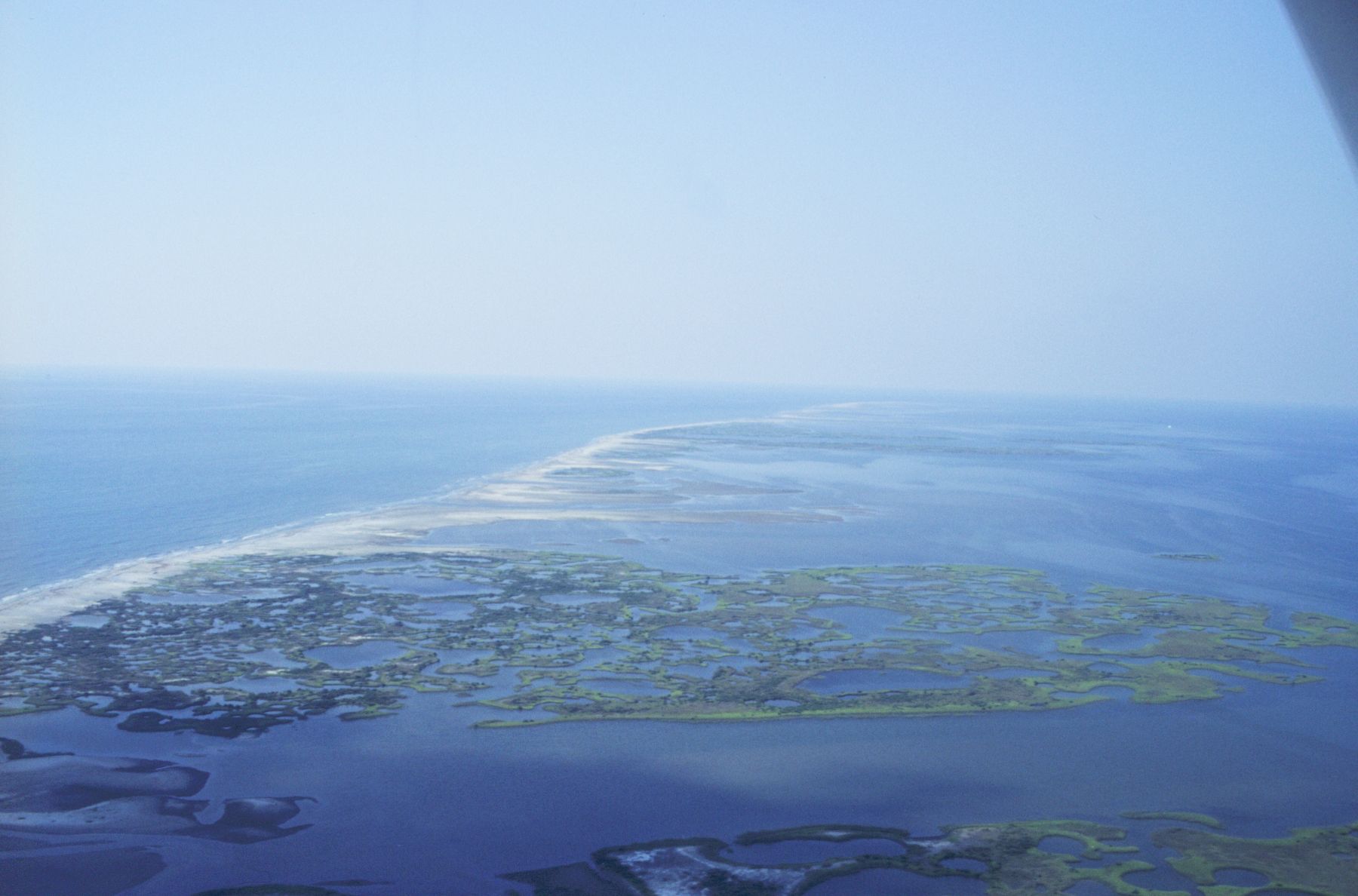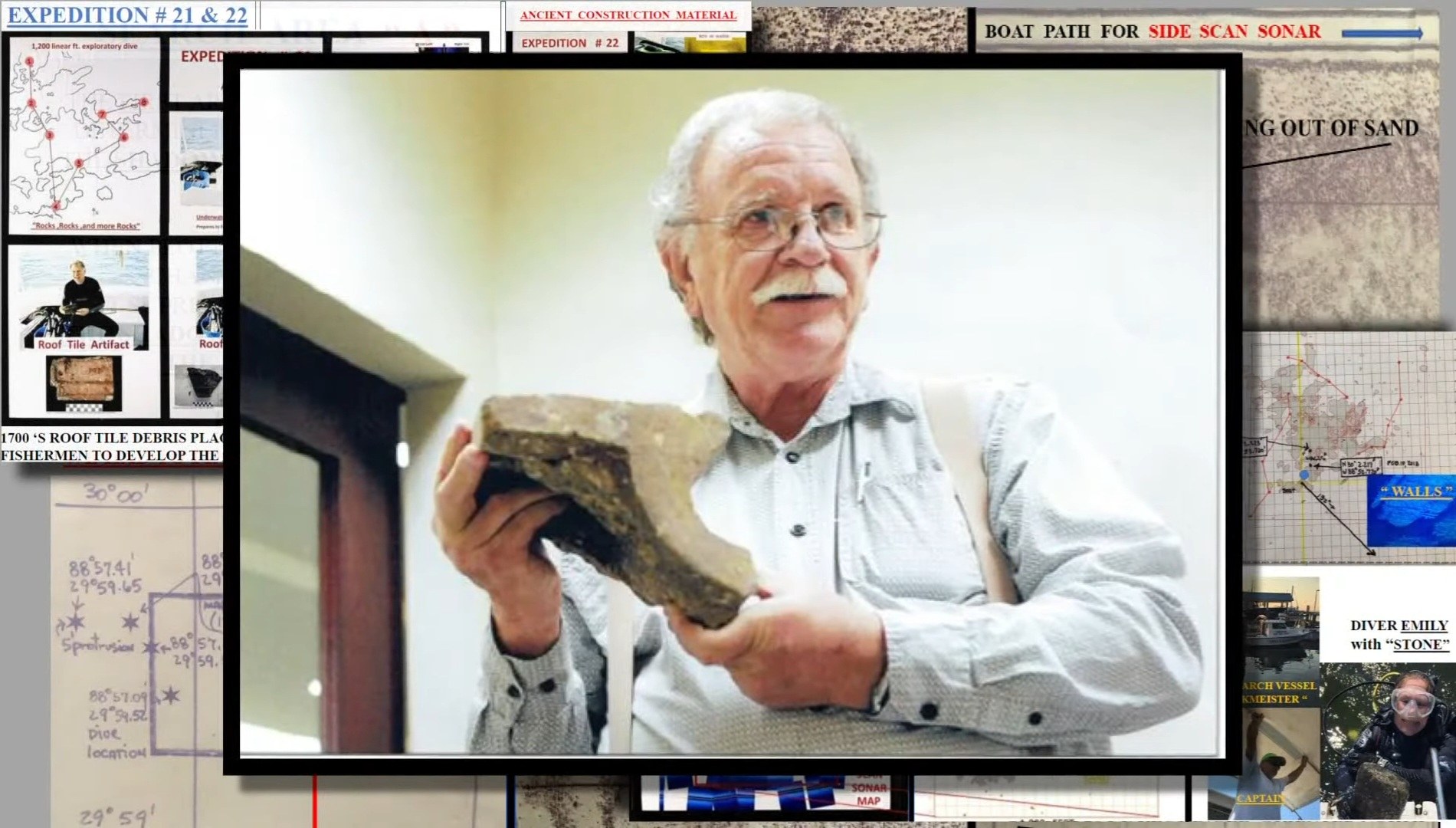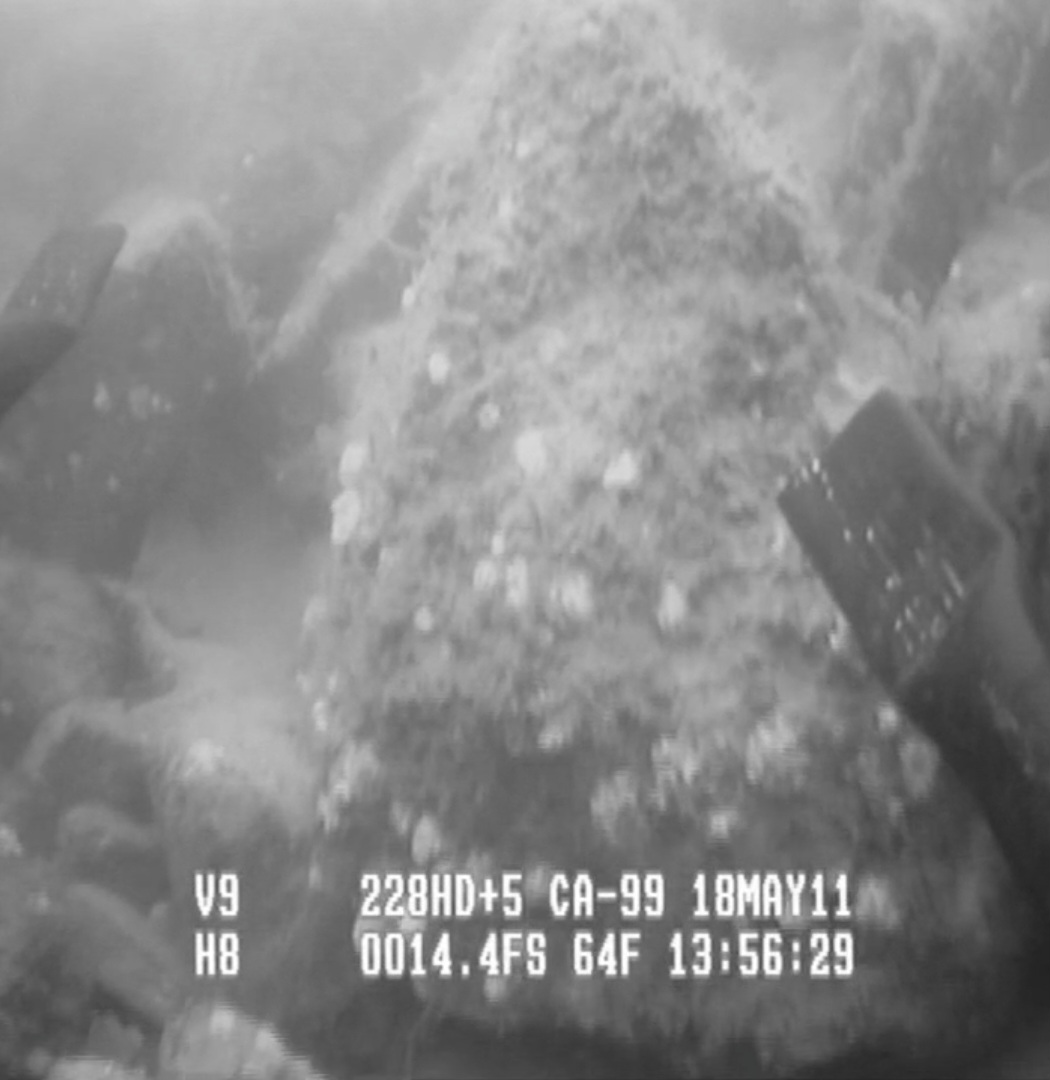The vast expanse of the ocean holds many secrets, and even today, more than 80% of its depths remain unexplored. Over the years, underwater archaeologists have made remarkable discoveries, uncovering ancient ruins and prehistoric artifacts that provide glimpses into our distant past. Among these remarkable findings, one claim stands out: the existence of a 12,000-year-old underwater city off the coast of Louisiana.

While some experts remain skeptical, the intriguing theories put forth by amateur archaeologist George Gelé continue to captivate the imagination. So, what mysteries surround this enigmatic underwater city? Is this really an ancient city lost to time?
Discovery of the ancient city: The claims of George Gelé

George Gelé, a retired architect and self-proclaimed amateur archaeologist, has dedicated nearly 50 years of his life to studying the alleged underwater city near the Chandeleur Islands. His hypothesis suggests that this submerged city, which he refers to as “Crescentis,” predates well-known ancient civilizations like the Inca, Maya, and Aztec. Gelé’s claims have garnered attention due to his assertion that the city contains a pyramid, drawing parallels to the iconic Great Pyramid of Giza in Egypt.
The mysterious granite mounds

The foundation of Gelé’s theory lies in the discovery of granite stones by local fishermen near the Chandeleur Islands. The presence of granite in an area where it does not naturally occur raises questions about its origin. These peculiar square rocks, found intermittently in fishing nets, have fueled speculation about their connection to Gelé’s underwater city. The fishermen’s accounts of encountering strange compass behavior and electromagnetic energy near the alleged pyramid site further add to the intrigue.
Evidence: Assessing sonar images and ruins
Gelé has produced underwater sonar images that he believes depict discernible ruins of major buildings, including the pyramid within the supposed ancient city. However, some experts have expressed skepticism, suggesting that the sonar images could be misinterpreted geological formations or natural features.
Alternative explanations
While Gelé’s theory captivates the imagination, several alternative explanations have been put forth to challenge the notion of a submerged city. A Texas A&M study from the 1980s proposed that the granite stones might have originated from shipwrecks or ballast stones discarded by Spanish and French vessels. Another theory suggests that the stones were dumped in the area during an attempt to build an artificial coral reef in the 1940s.
The need for further investigation
Despite Gelé’s dedication and the attention his claims have attracted, the scientific community remains divided on the existence of the 12,000-year-old underwater city. Many experts argue that more comprehensive research, including deep-sea exploration, historical record analysis, and advanced imaging techniques, is necessary to provide conclusive evidence and unravel the mysteries surrounding the alleged city.
Archaeology professor Rob Mann highlights the importance of studying historical records and newspapers to shed light on the purpose and origin of the granite stones dumped near the Chandeleur Islands. Understanding why these stones were brought to the area could provide valuable clues about their significance and refute or support Gelé’s claims.
Balancing skepticism and open-mindedness
While some skepticism is warranted, it is essential to approach Gelé’s theory with an open mind. The presence of anomalous granite stones and the accounts of compass malfunctions and electromagnetic energy cannot be dismissed outright. Scientific investigation and collaboration between experts from various disciplines will be crucial in uncovering the truth behind this underwater enigma.
Conclusion
The 12,000-year-old underwater city off the coast of Louisiana continues to intrigue and fascinate people around the globe. George Gelé’s claims, supported by the discovery of granite stones and intriguing compass behavior, suggest the existence of an ancient civilization predating well-known ancient cultures. However, the scientific community remains divided, with alternative explanations proposing more mundane origins for the granite stones.
To unveil the truth, further research, exploration, and analysis are essential. Only through a comprehensive and interdisciplinary approach can we hope to unravel the mysteries of this ancient underwater city and gain a deeper understanding of our shared human history.
After reading about the the truth behind the underwater city discovered off Louisiana’s Coast, read about Plato’s Atlantis – Fact, fiction or prophecy?




